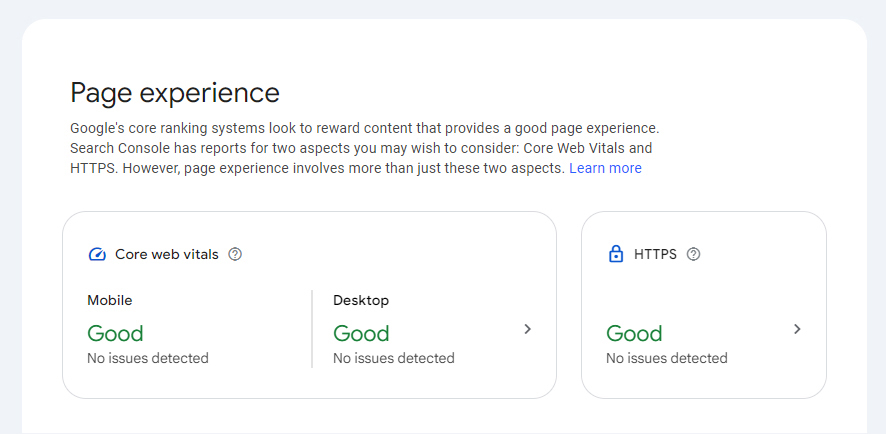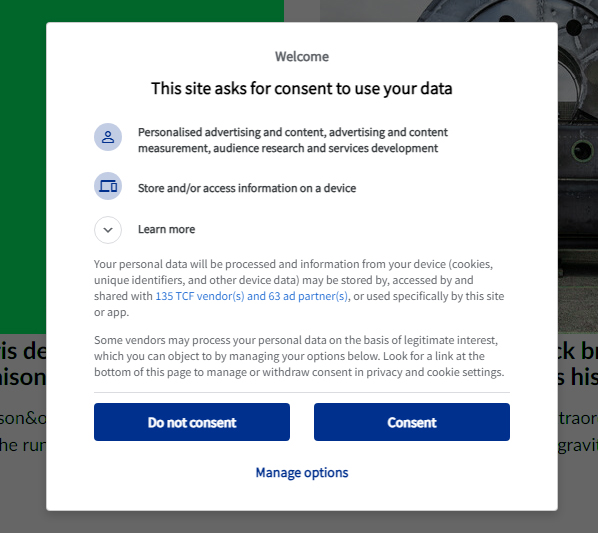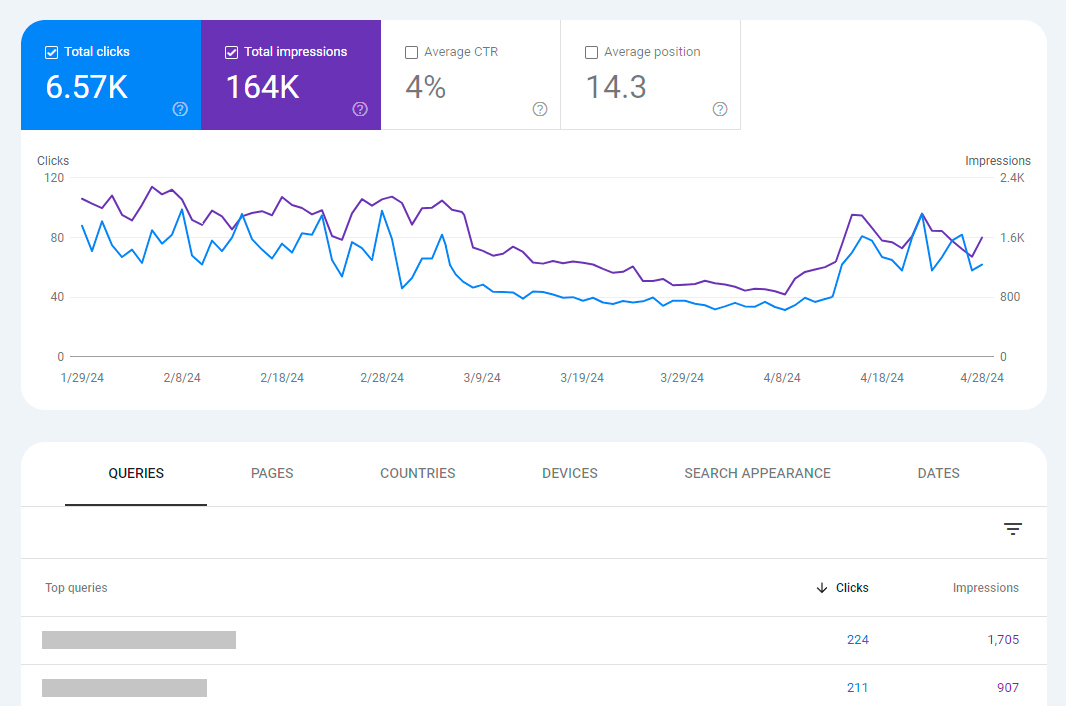Case Study: How We Recovered a SaaS Website After the March 2024 Core Update

What’s interesting about this situation is that the client had their own SEO department, and the website did not have most of the common issues typically seen in sites hit by Google penalties. Yet, on March 5, 2024, the website suddenly began losing search traffic rapidly.
After conducting their own SEO audit, the client’s team did not find any significant errors that could have caused the penalty. Realizing the need for specialized help, they decided not to waste any more time and reached out to a dedicated agency – us. And it was the right decision.
What the Client's Website Represents
The client’s site is a SaaS software business that has been continuously operating in the US market for over three years. In addition to the main landing page, the website includes a blog featuring thematic articles and guides, totaling about 80 pages.
All the blog posts are written by real people without the use of AI software. The articles are high-quality and contain custom graphic images. The authors are true experts with relevant skills and experience in their field.
After the traffic drop, the client’s SEO team conducted a content check to see if it had been stolen by other websites. Aside from one minor incident, the content remained unique and was not duplicated elsewhere.
Overall, the website made a very good impression, and no one could understand why, on March 5, the search traffic plummeted by almost 50% or what caused it.
How We Began Our Work
We realized right away that this was an unusual situation after receiving the SEO audit report from the client’s SEO team.
Each page on the site has a unique Title H1 and a unique meta description. All pages display correctly across various devices, from older mobile phones to widescreen monitors.
The website has an SSL certificate installed with the latest TLS version, and all pages are correctly served over HTTPS with no pages lacking secure connections.

The website has excellent EEAT, with all the necessary pages, including an “About Us” page that provides information about the business owners and team, supported by photos and additional details. There is also a “Careers” page, which is another positive for EEAT.
In Search Console, under the Core Web Vitals section, there were no speed errors. The website loads quickly on both desktops and smartphones.

The first issue we noticed was an outdated cookie banner appearing at the bottom of the site.
We weren’t sure if it was working properly, so we suggested replacing it with a modern banner – Google Consent Mode v2. To do this, we used the Complianz WordPress plugin, which is recommended by Google, covers all regions, and is easy to configure.

Next, we tested the website’s visibility across different countries, suspecting a potential regional drop in search traffic. However, we found no such issue.
Instead, we discovered a pop-up on mobile views offering a special price for new customers. The pop-up appeared a few seconds after the page loaded, so it did not slow down the initial load time.
The problem, however, was that the pop-up covered almost the entire smartphone screen, which violated Google’s guidelines. Such full-screen pop-ups tend to reduce user interaction with the site and decrease the time users spend on it. Some visitors even closed the page entirely without trying to close the pop-up itself.
We suggested reducing the pop-up size by half, but the client preferred to remove it from mobile views altogether.
Analyzing the backlink profile, we found no harmful backlinks. Most links were placed on relevant websites and did not contain spammy anchor texts.
We then returned to analyzing the content on the pages, where we initially started our audit.
Upon closer examination, we found that the main landing page had over-optimized content. We also identified three additional blog articles with similar over-optimization. These articles were receiving a significant portion of search traffic compared to others.
We recommended removing exact keyword matches from H2 subheadings, except for a few, and reducing their presence in the text by replacing them with synonyms or simply removing them.
Our goal was to make the content simpler and more reader-friendly while still being optimized for relevant search queries.
Our recommendations were implemented quickly – within just three days. Then, it was a matter of waiting for Google to reindex the updated pages and, hopefully, lift the penalty.
To the website team’s credit, despite the continued gradual decline in traffic, they didn’t lose hope and kept adding articles to the blog while working on acquiring high-quality backlinks.
On April 10th, we noticed the first signs of traffic recovery, which made us all very pleased. A week later, traffic was back up to 92.5%, which is a great result.

We must admit that this success was possible thanks to several factors:
- The client reached out to us almost immediately after the traffic drop.
- The website team promptly provided all the necessary information and answered our questions.
- The team implemented our recommendations very quickly (within 3 days).
- Despite the ongoing traffic decline, work on the website never stopped.
Ivan Bogovik is the founder of RecoveryForge, an SEO agency focused on penalty recovery. With over 16 years in the SEO field, Ivan has extensive experience helping websites recover from Google penalties like Penguin, Panda, and other algorithmic updates. Since 2014, he has successfully guided many websites back to health and regularly shares his insights at SEO events and webinars.

